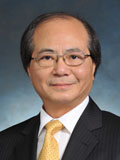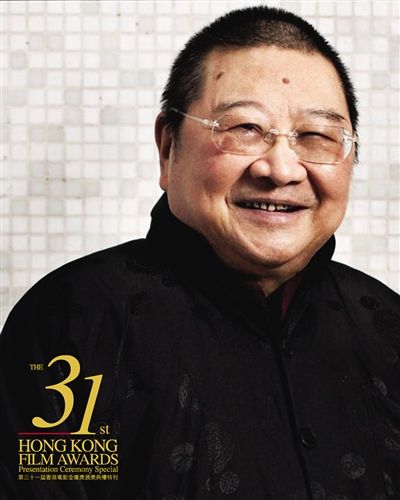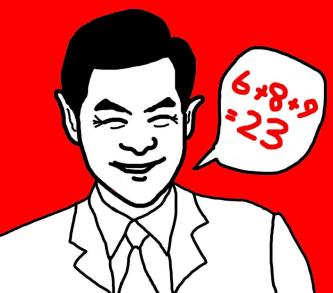Bhutan’s GDP surges 11.8% in 2011
Bhutan’s 11.8 percent real GDP growth -- as the USA careens at the ‘fiscal cliff’ of government insolvency and the economies of Europe crash -- has astonished economists. Prime Minister Jigmi Thinley’s ‘state of the nation’ report in July 2012 cited hydropower contributing 44 percent of GDP with the service sector contributing 37 percent. Agriculture and forestry contributed 15 percent.
 |
| Fast flowing rivers for hydropower |
Bhutan is landlocked in the eastern Himalayas, wedged between China above and India holding its rump and sides. Because the Kingdom controls several key Himalayan passes, it represents a strategic military imperative for India. India underwrites 60% of Bhutan’s annual budget expenditures. China builds roads on the carto-graphically uncharted common border with Bhutan establishing de facto territorial rights while ‘continuing discussions’ to define disputed borders.
Indian military engineers, through the Border Roads Organization (BRO) build and maintain high altitude roads and bridges, clearing landslides, avalanches and snow which are regular through the year. While Bhutan gets vital infrastructure, India gains a strategic presence.
India bankrolls hydropower construction
Bhutan’s Himalayan perch has powerful rivers raging during the heavy summer rains, which are a natural source for hydropower electricity generation. Harnessing that creates surplus electricity which Bhutan can plug into the Indian national power grid for export earnings. The economic expansion in India is constrained by shortfalls in electricity supply for its rapidly growing manufacturing sector, commercial offices and luxury residential developments.
India has funded major hydroelectric construction since Bhutan’s Fifth Economic Plan (1981-87) with a combination of grants and long term loans for the Chhukha, Tala and Kurichhu facilities. A Punatsangchhu Project is underway, expected to come onstream in 2015. Bhutan has planned for 10,000 MW hydropower generation capacity by 2020 with Indian government funding.
The hydropower plants of Chhukha (336 MW), Kurichhu (60 MW), Tala (1.020 MW) and Basochhu (24 MW) were consolidated under the Druk Green Holding Company to manage export of power to India. Bhutan Power Corporation manages domestic electricity supply and builds mini hydroelectric power plants to serve isolated communities off the national power grid.
Both corporations suffer seasonal shortfalls in power when the long dry winter months reduce river flows. They then import power from India at increased prices which leaves them with marginal annual net losses. That is another irritant in Bhutan-India economic relations.
The power sector’s role as the main economic driver through strong export earnings allows domestic supply to be subsidized through deeply discounted ‘Royalty Power’. This has spurred an ambitious rural electrification program from 17 percent in 1995 to 60 percent by 2009 and is on track for 100 percent coverage by 2013.
Rural programs need to distribute economic benefits
Rural electrification brings ancillary benefits: school children have lighting to study after dark, power is available for cottage industries to mechanize to improve productivity, there is option to establish factories to process and package agricultural produce for export. Economic planners now have vital power infrastructure to promote private sector investment in manufacturing at farming and cottage industry locations.
There is a concerted administrative effort to de-centralize planning and to distribute implementation responsibility to district levels (Dzongkhags). However the weight of tradition and lack of educated youth willing to return to their villages to modernize and innovate, leaves the pace of rural development lethargic. Despite increasing availability of electricity, rural households follow tradition by cooking with forest wood and heating with kerosene, LPG and firewood. That is also a factor of incomes which have not moved much for the rural folk. The primary rural economy remains disconnected from the secondary and tertiary sectors.
About 40 percent of the 317,000 population (July 2012 est.) are subsistence farmers tending livestock and working cash crops on the 2.3 percent arable land. There is an aggregate of only 400 sq.km. of irrigated agriculture. The population is widely dispersed at a density of 15 persons per sq.km. in small villages across 38,394 sq.km of mostly uninhabitable mountain terrain.
Rural youth migration into the capital Thimpu, without a sufficient safety net of gainful employment, has led to a spike in drugs and petty crime not seen before. Thimpu itself once a green, lush, riverine township bounded by Himalayan peaks, has been concreted over with squat commercial and residential blocks. Construction dust is in the air. Traffic jams are commonplace. The capital is not an advertisement for Gross National Happiness (GNH) -- a concept for which Bhutan is applauded internationally.
Dependence on India a mixed blessing
The import of capital equipment for the massive hydropower projects, trucks and bulldozers for construction, expertise to build and operate, Indian manual labour for stone-breaking plus interest-bearing loan repayments, add to Bhutan’s widening trade deficit and external debt.
There is increasing resentment within Bhutan that infrastructure and hydropower investments drain the treasury without benefitting domestic labour or local contractors. Many see Indian investments as self-serving value to Indian companies, manpower and government..
The outflow of Rupees led to the ‘Rupee Crunch’ shock of 2010-11 which disrupted cross-border petty trade. That was exacerbated by the Bhutan government closing Rupee bank accounts held by Indian traders, who then spirited out their hundreds of millions of Rupees at speed. This followed pressure applied by the Indian government as the traders were evading tax at home and profiting unduly by under-invoicing imports -- scamming the Bhutan government as well.
The World Bank Sept 2011 update notes that Bhutan’s GDP share of agriculture fell from 25 percent in FY 2002-03 to 14 percent in FY 2010-11. Some attribute that to the inefficiencies and low productivity of subsistence agriculture, plus the abundance of supply from India at affordable rates. In 2011 Bhutan spent about Rs 4 Billion on imports of meat, dairy products, coffee, tea, rice, cooking oils and sugar. There is debate about the negligence of agricultural development at policy level in government.
One major concern is the level of external debt which reached 82.7 percent of GDP in 2011. The Bhutan Chambers of Commerce report on the Rupee Crunch pointed out that government budget expenditures rose from Nu 9.8 Billion in FY 2002-03 to Nu 38 Billion in 2011-12 and that 60 percent of government expenditure was for imports from India. It cautioned that increasing government expenditure without a corresponding increase in domestic savings leads to a current account deficit which is unsustainable.
Increase in private vehicles imported from India is another contributing factor to the Rupee Crunch -- a civil service quota is available to all government employees. And government is the biggest employer in Bhutan. There were 1,103 vehicles imported from India in 2002 at a value estimated at Nu 310 Million. That escalated to 6,893 car imports in 2011 at Nu 3.6 Billion. The number of vehicles on the roads also increases the need for fuel imports from India.
The government has since imposed a strict use of the Ngultrum as the primary currency for all trade within Bhutan. All goods have to be bought from suppliers within the country. That will create its own distortions to the supply chain and lead to various other work-arounds by traders.
The stellar 11.8 percent GDP growth spawns a litany of problems. How Bhutan uses its rising export income from hydropower for equitable social development and to balance its trade deficit is a challenge. How India can find ways to help its little neighbour survive GDP success is another matter. All of which confirm the Fourth King’s assertion in the 1970s that GDP is a very limited indicator of national progress.
ENDS










